PEOPLE ARE VISUAL BEINGS
In WWF’s mission to create a world where people and nature thrive together, images – still and moving – are fundamental to the way we communicate and reach people.
Strong, arresting images and videos can be a powerful tool to break through indifference and provoke an emotional reaction among audiences, challenging them to think more deeply about the issues affecting our planet and inspiring them to take action.
At the same time, we have a responsibility to respect and protect those who contribute their images and stories for our communications, whether as subjects or image creators.
These image guidelines help you to be effective and responsible in:
- the process of filming and photography (image gathering or the image-making process)
- the selection and use of images and videos for WWF’s communications.
THE HIVE
WWF’s main repository for visual assets is The HIVE, our internal imagery and video bank designed to support our mission and work.
You may use images from other sources, as long as you have cleared the usage rights with the copyright holders. However, we encourage you to use The HIVE as your first resource as it provides thousands of images from all over the network for use at no extra cost and with a standard set of usage terms, making rights restrictions less ambiguous.
We also encourage WWF teams to upload any imagery you acquire onto The HIVE to ensure that image resources are stored securely and shared with the network.
To submit imagery and videos or for advice on image-related issues, contact The HIVE global administrator at hivegadmin@wwfint.org.
GENERAL PRINCIPLES FOR IMAGERY
© James Morgan / WWF-US

BOLD AND OPTIMISTIC
FRESH, COMPELLING STORYTELLING
BE TRUE TO THE WORK WE DO
LOCALIZED
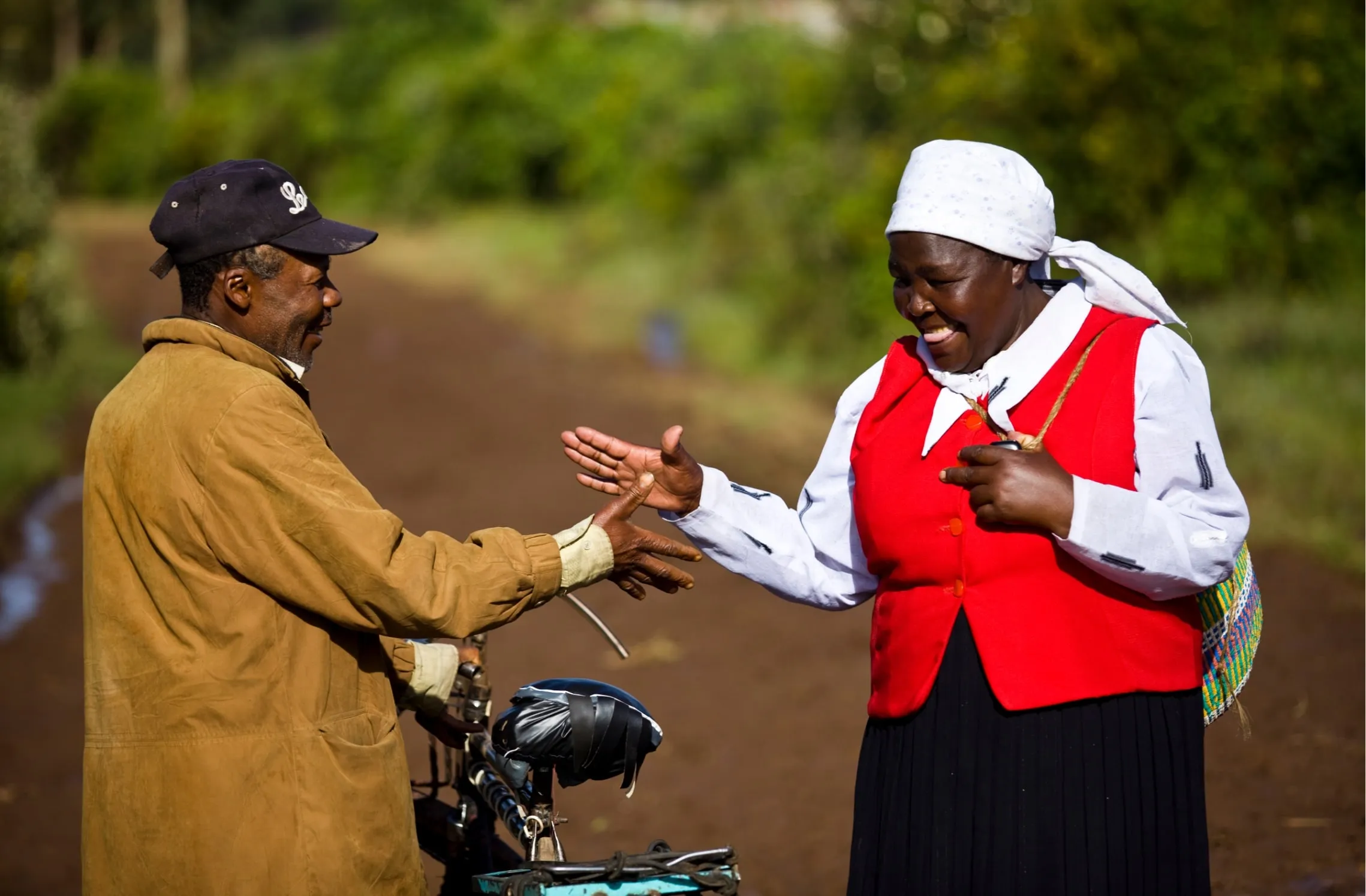

AUTHENTIC
To maintain WWF’s credibility, our images should show real situations and events. They should not be doctored or digitally manipulated in any way if at all possible. If it is necessary to use a digitally altered image, this should be clearly explained in the description.
Being authentic also means we should avoid staged images, or images with an overly ‘stock’ feel. Research by Climate Visuals found that discussion groups favoured authentic images showing real people over staged photographs, which they saw as gimmicky or even manipulative.
Photos taken by WWF staff in the field or from camera traps may lack the professional touch – but they can add a sense of authenticity if used with consideration.
The key to making this work is to make sure that these images always have a caption explaining where the photograph was taken and what it is. Images like this might not be suitable for front covers or large photo spreads, but can be useful inside a publication or on a web page.
POWERFUL STORYTELLING THROUGH IMAGES
PEOPLE
SPECIES
Our planet’s wildlife is in crisis – on average, wildlife populations have declined by more than half since 1970, and species are going extinct at an alarming rate. Preventing biodiversity loss is a core part of WWF’s mission, so it makes sense that many of our images focus on species whose populations are threatened.
Close-up shots may show the beauty of the species, but we encourage the use of groups of animals whenever possible as this drives home the point that our mission is not to care for individual animals, but rather nature at a larger scale. When showing solitary animals, make sure that care is taken to draw the link between the animal shown and the bigger picture regarding nature loss.
Camera trap images, while lacking the professional touch, often do well because they authentically portray animals in their natural environment. (See section on authentic imagery.)
Be cautious about using images showing captive animals. For authenticity’s sake, images of wildlife in the correct natural setting are always preferable. If a lack of wild images makes their use unavoidable, always honestly caption them to make sure audiences are aware that the animals are in captivity.
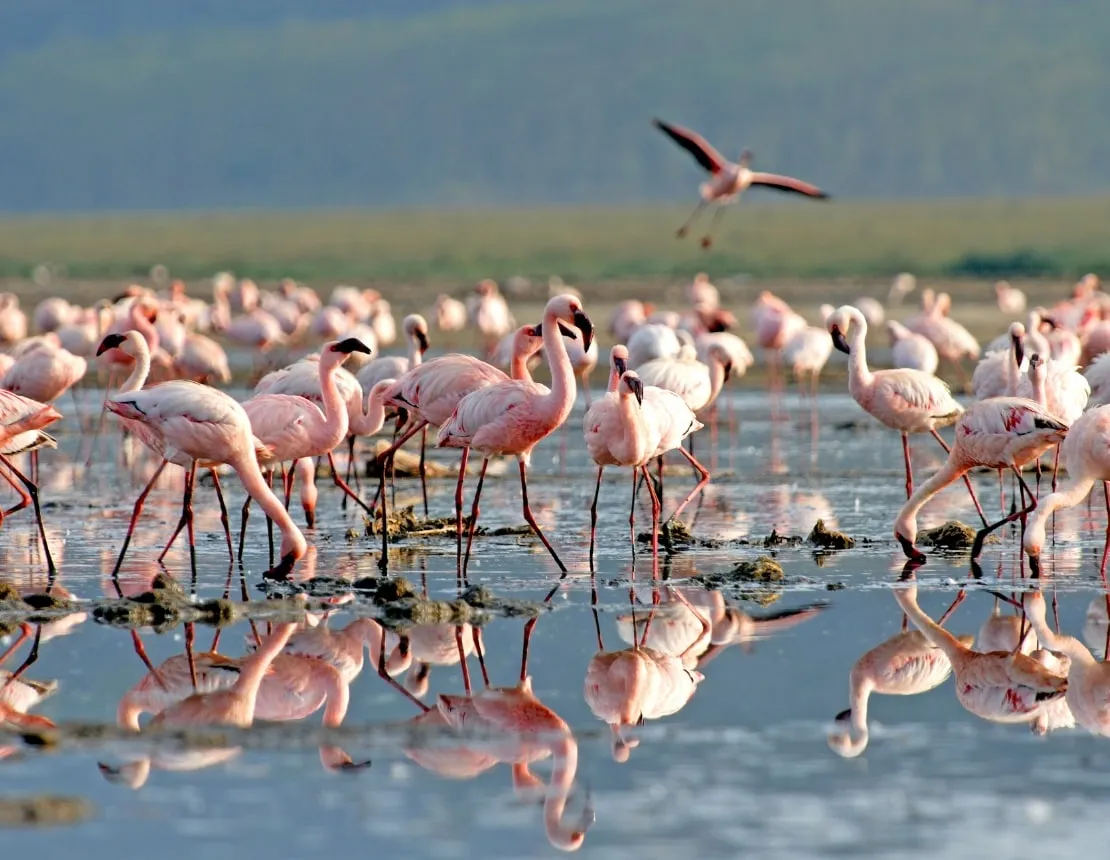
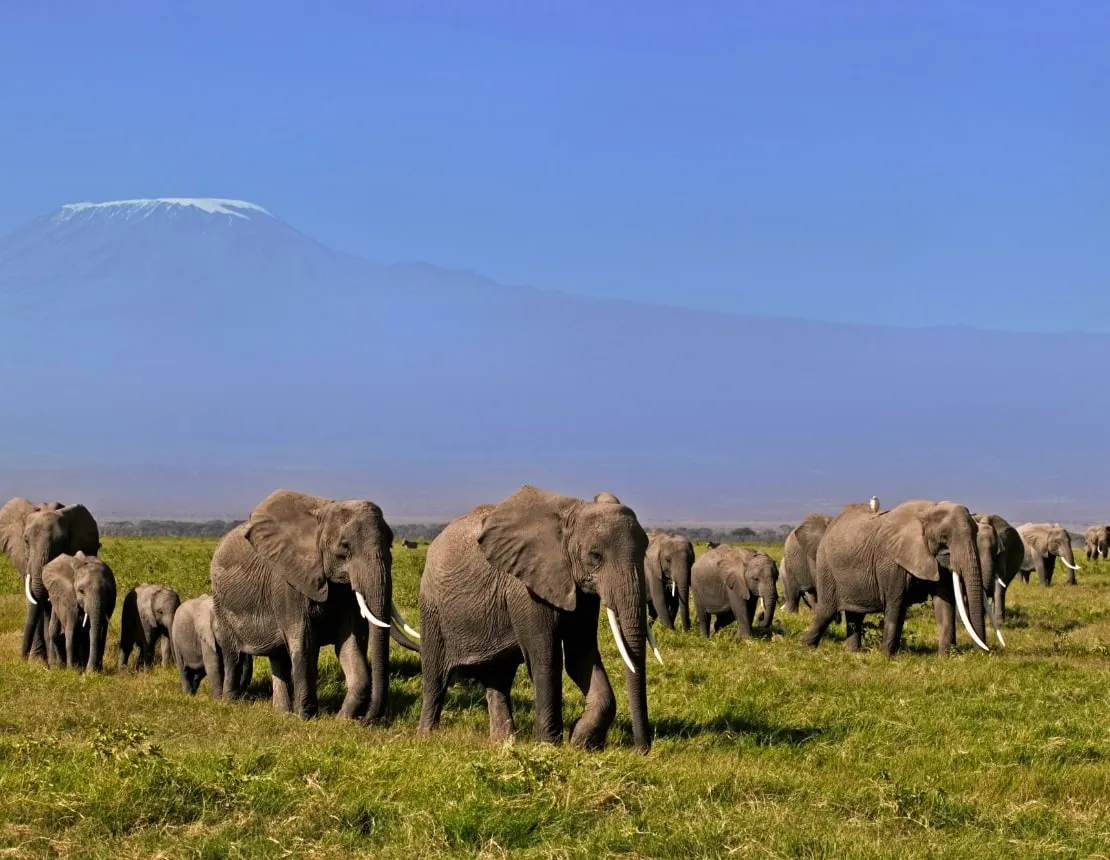
LANDSCAPES, SEASCAPES AND CITIES
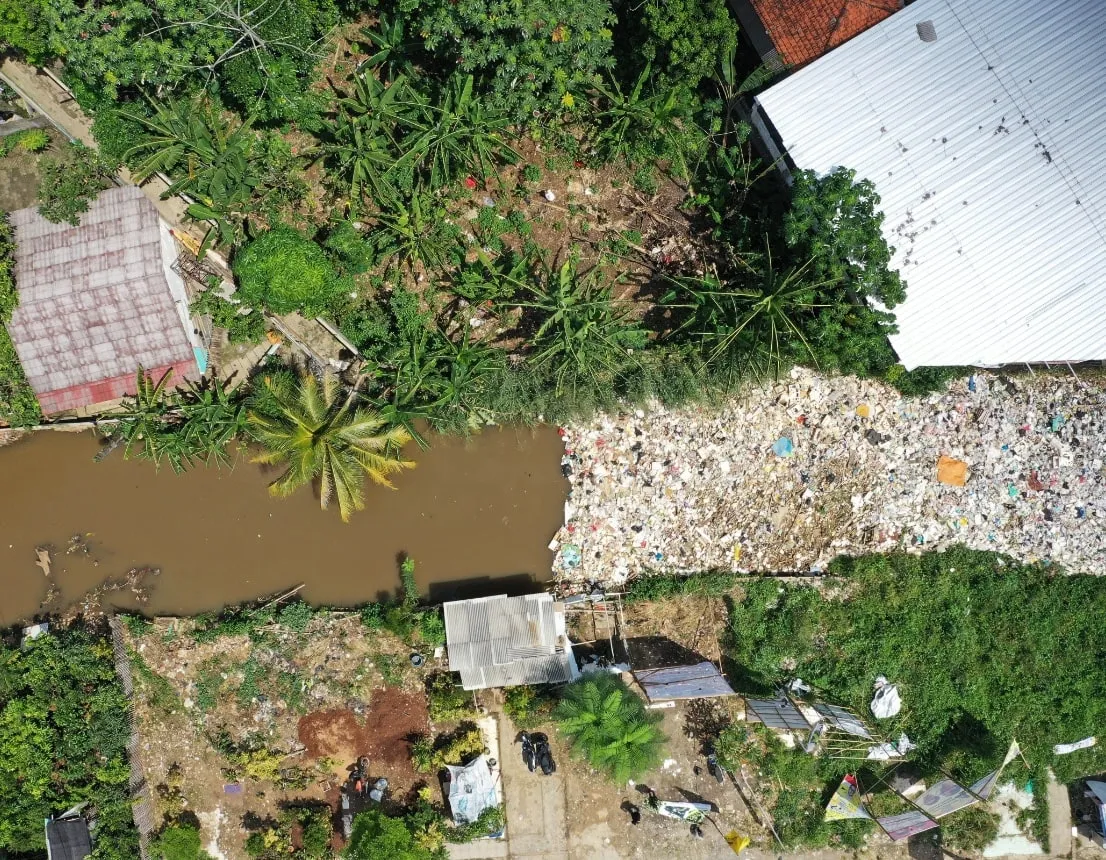
Images of places – such as rivers, forests or cities – help to contextualise conservation issues.
Drone or aerial shots of places can be especially useful in showing the physical impact of human activities, such as logging or pollution, on natural environments at scale. However, be aware that there may be legal limitations on drone usage in some places.
As far as possible, use images of recognizable places with a clear conservation message, rather than generic images (e.g. trees in a forest that could be anywhere), to maximize the visual impact and engagement.
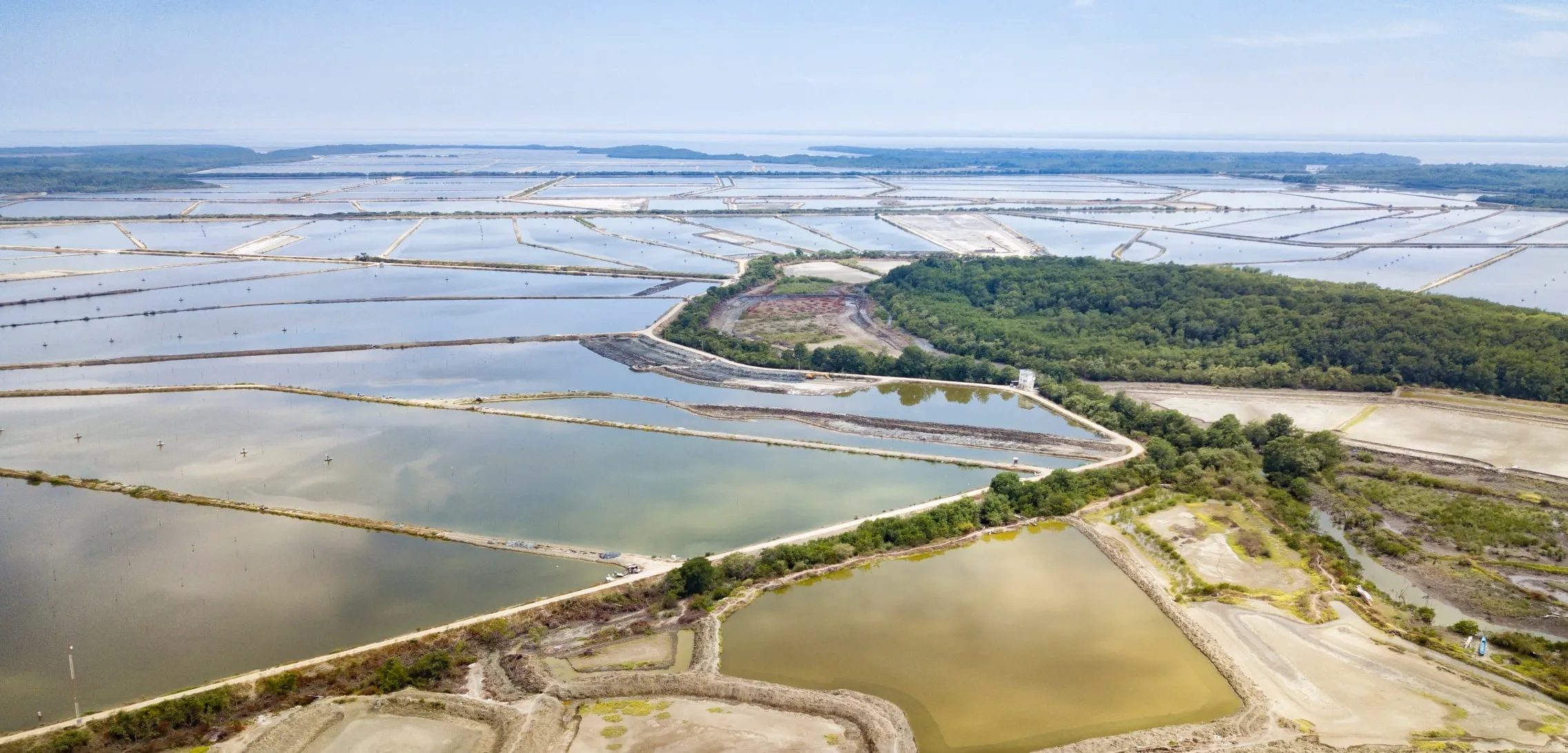
WWF LOGO AND COPYRIGHT CREDITS
© Jürgen Freund / WWF
More guidelines are coming on The HIVE: these include packaging imagery, legal considerations, sensitive imagery, social media, etc.
